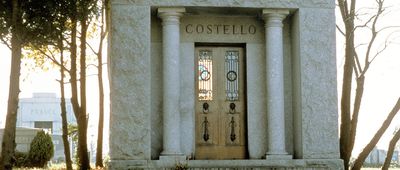Yellowstone Turns 150
One of America’s most famous national parks — and a bucket-list destination for many — turned 150 this year, and its sesquicentennial is off to a rocky start. Admission to Yellowstone National Park was halted as unprecedented rains washed out roads, created mudslides, and knocked out power. After welcoming visitors back June 22, it will almost fully reopen this weekend. In the meantime, though, two people have been gored by bison in just three days. Read on for more about Yellowstone's bison and other little-known facts about the national park as it celebrates another turn around the sun.
Related: Incredible Photos of Every National Park in America



































